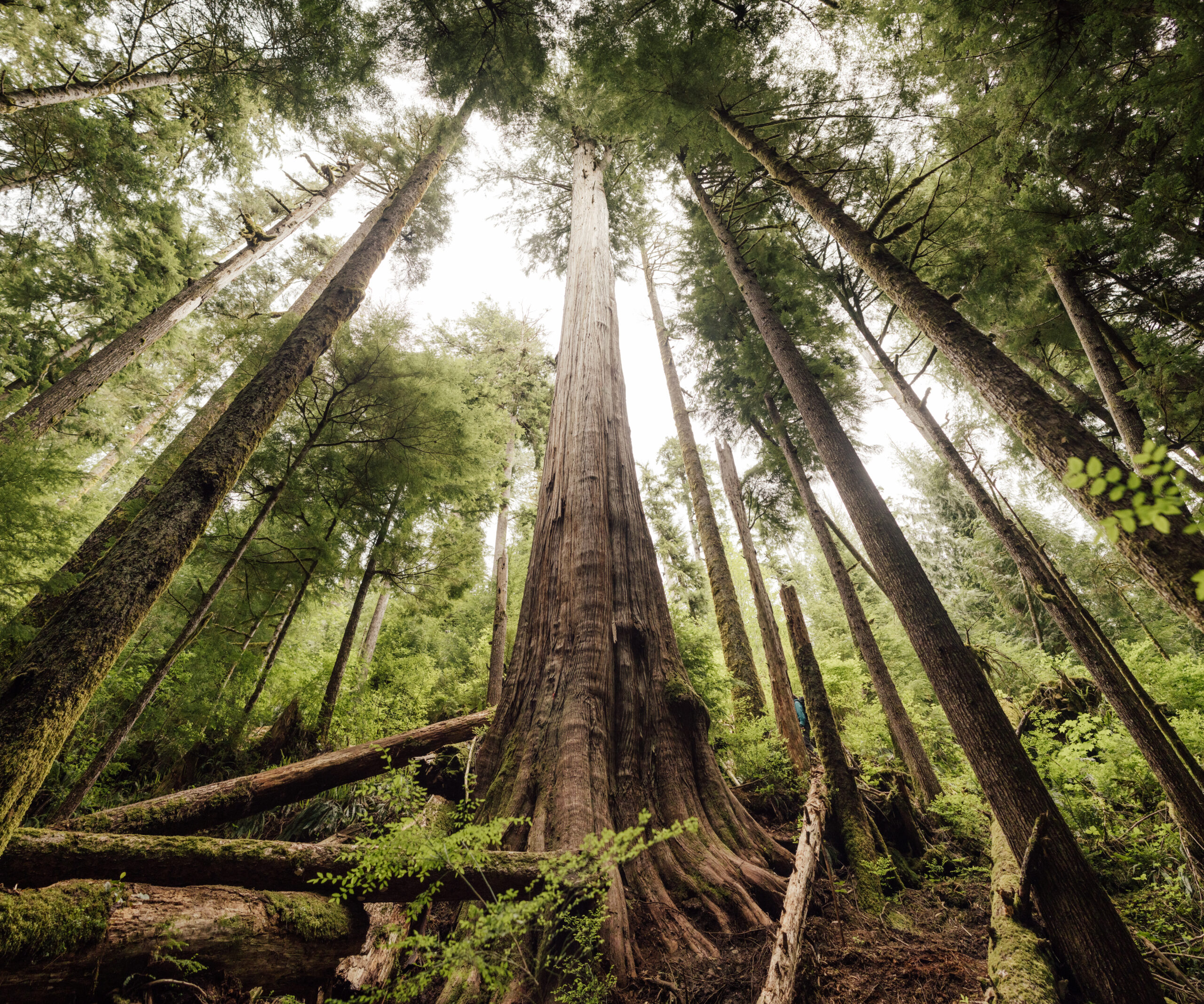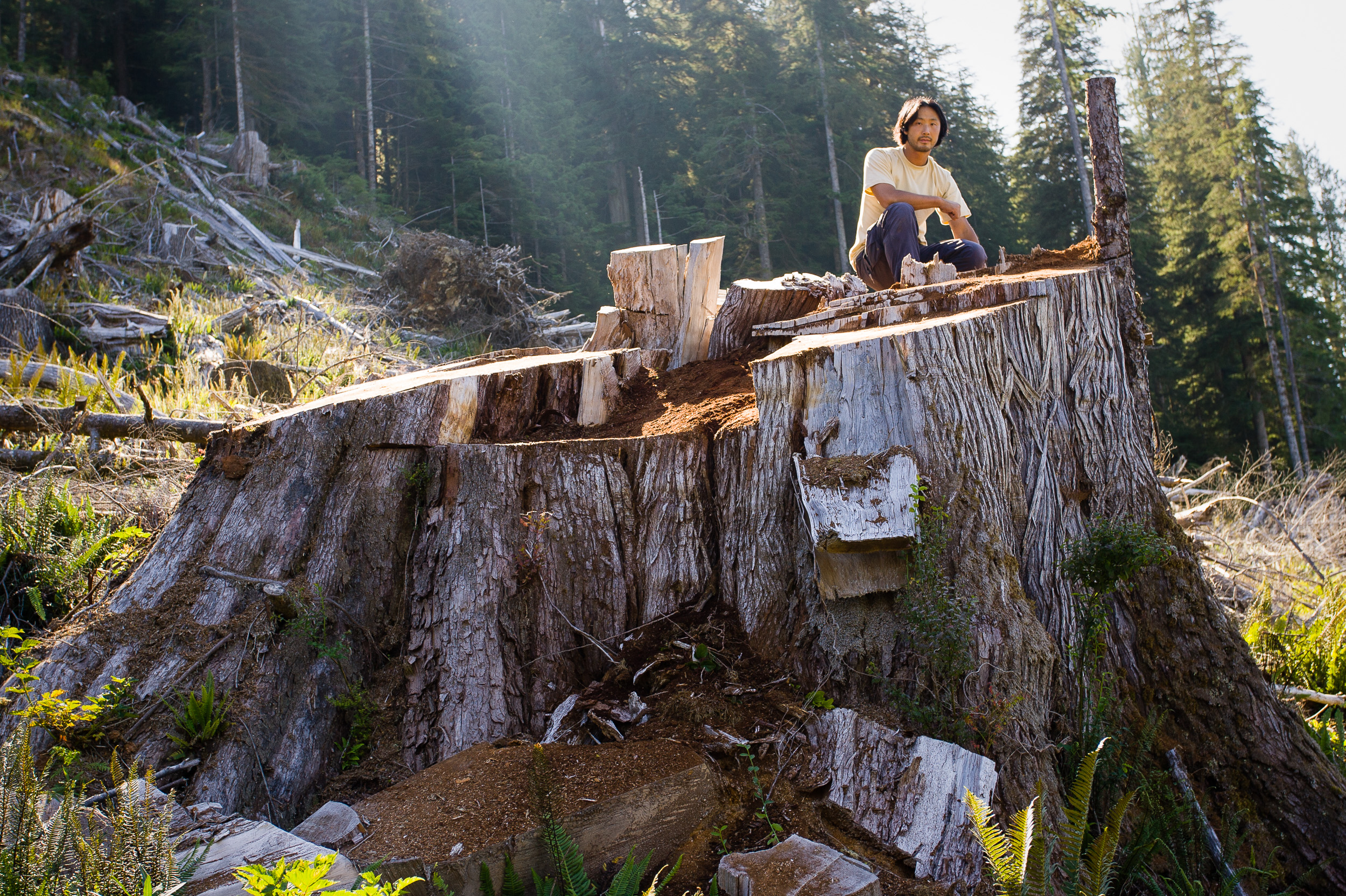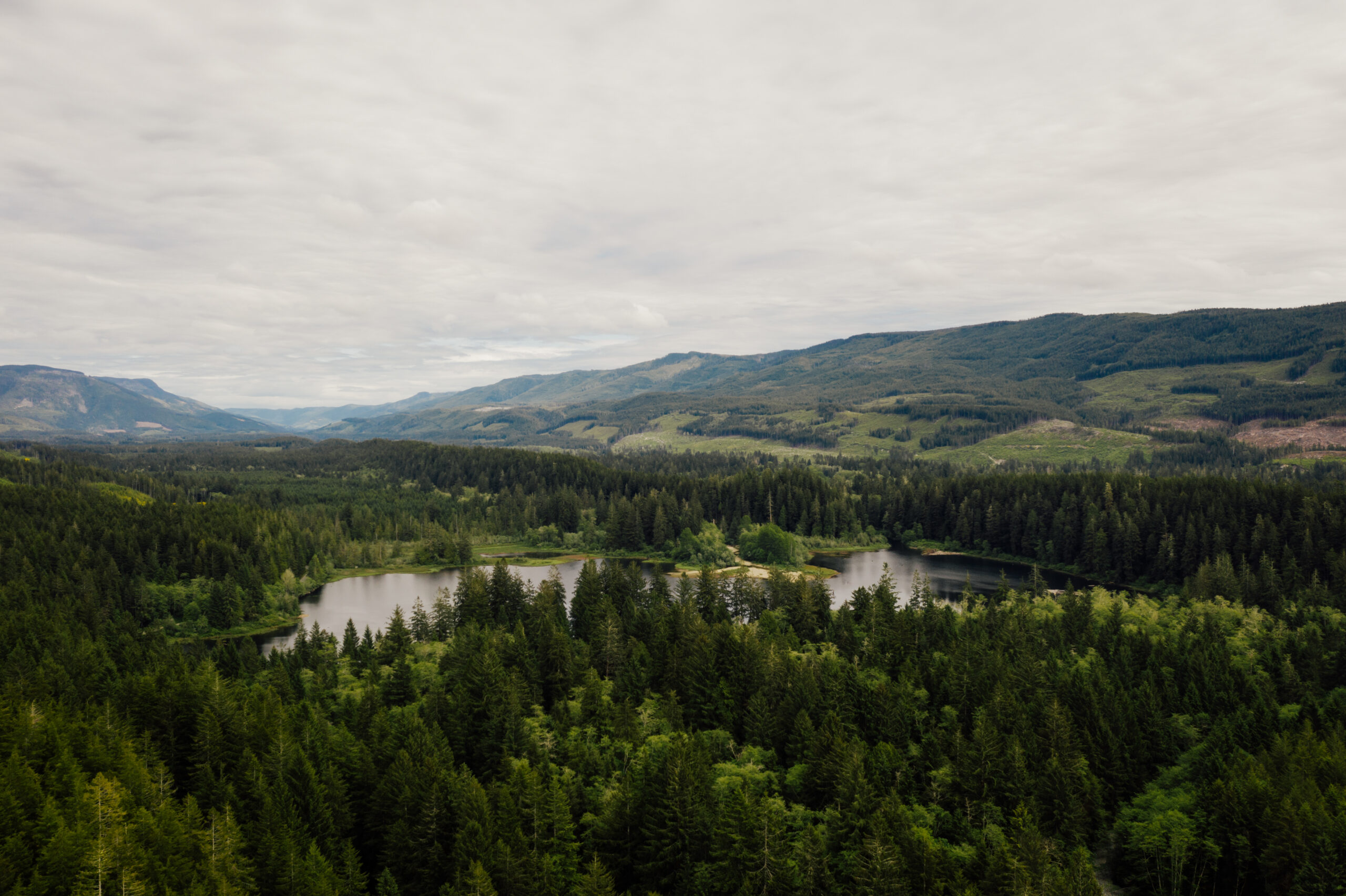
The site of an infamous B.C. mining disaster could get even bigger. This First Nation is going to court — and ‘won’t back down’
Xatśūll First Nation is challenging B.C.’s approval of Mount Polley mine’s tailings dam raising. Indigenous...
In August, as Minister of Environment and Climate Change Steven Guilbeault prepared to visit an old-growth forest park in West Vancouver, his office drafted a news release for the occasion. It was never sent out.
The federal government had committed up to $50 million to permanently protect B.C.’s old-growth forests and was “awaiting the matching commitment from the province,” said the draft release, a copy of which was obtained by The Narwhal.
In the lead up to the United Nations biodiversity conference Canada will host in December, the federal government is eager to see permanent protections announced for B.C.’s old-growth forests as part of Ottawa’s commitment to protect 30 per cent of the country’s land and waters by 2030.
But with less than a month before the COP15 conference gets underway in Montreal, the B.C. government has yet to accept Ottawa’s offer of funding to protect old-growth forests that store carbon and provide habitat for many species at risk of extinction, including spotted owls, marbled murrelets and woodland caribou.
That leaves environmental groups and the B.C. Green Party questioning the sincerity of the B.C. government’s promise to protect old-growth forests and embark on a forestry transition many believe is long overdue.
“It’s really critical that there’s money on the table,” Stand.earth forest campaigner Tegan Hansen said. “And B.C. hasn’t seized on that to actually support communities in transitioning away from old-growth logging and protecting forests.”
The draft release noted Guilbeault’s visit intended to show “solidarity and support for the protection of old-growth forest in British Columbia, and highlight ongoing discussions with the province to establish an Old Growth Nature Fund in B.C.”
“Old-growth forests in British Columbia are some of the most biologically diverse and productive ecosystems in Canada,” Guilbeault stated in the draft release. “They are also some of the most important and largest natural carbon sinks in the world. With deep-rooted significance to Indigenous communities and of importance to all British Columbians, old-growth forests require greater protections.”

Guilbeault’s office declined to comment directly on the draft release, which offered the province $50 million. In an emailed response to questions, Guilbeault’s press secretary, Kaitlyn Power, said the 2022 federal budget allows for $55.1 million over three years to protect old-growth forests in B.C. The budget said the funding was conditional on a matching investment from the provincial government.
“Our government will continue collaborating with the province to get a good deal to protect B.C.’s beloved nature,” Power wrote.
Asked if the provincial government will accept and match the federal old-growth funding, the B.C. Ministry of Forests referred the Narwhal to the B.C. Ministry of Land, Water and Resource Stewardship. In an emailed response to questions, the Land Ministry said the province is working with the federal government to develop a Nature Agreement that will, among other aims, “advance reconciliation by supporting Indigenous leadership on conservation efforts.”
“The proposed agreement presents an opportunity both for a more collaborative, long-term relationship between the federal and provincial governments and to build an integrated, landscape-based approach to nature conservation and stewardship,” the Land Ministry wrote.
(Following publication, when pushed on whether or not B.C. would be taking the federal money, the Ministry of Forests said: “The $50 million pledge is a welcome first step and we continue the important with our federal partners to do more to protect biodiversity and old-growth forests.”)
B.C. is known throughout the world for the giant, old-growth trees that grow in moss-carpeted rainforests in coastal regions and in the rare inland temperate rainforest in the province’s interior. Following decades of industrial logging, most of the province’s unprotected old-growth forests have been logged.
Low-elevation old-growth valley bottoms — home to the biggest trees and the greatest biodiversity — are the most at risk of being clear-cut. They have been identified as priorities for protection to avoid irreversible biodiversity loss.
During the 2020 provincial election campaign, the B.C. NDP promised to fully implement the recommendations of an old-growth review panel that called for a paradigm shift in the way B.C.’s forests are managed.
The panel, led by two foresters, said the province’s forests should be managed for ecosystem values, not for timber. Among other recommendations, the foresters said the government should support forest sector workers and communities as they adapt to changes resulting from a new forest management system.
Ken Wu, executive director of the Endangered Ecosystems Alliance, said the federal money, matched by B.C., would be a “game-changer” for old-growth protections.

Old-growth logging has long been an issue of contention in B.C. More than 800 people were arrested in 1993 during months of logging protests, which became known as the “war in the woods,” in Clayoquot Sound on Vancouver Island. Since 2021, more than 1,000 people have been arrested trying to stop old-growth logging in and around Fairy Creek on Pacheedaht territory on southwest Vancouver Island.
“The B.C. government has a chance to finally put an end to the war in the woods by embracing the federal money, kicking in their own funding and directing it to the right places — the grandest, most at-risk old-growth forests — and to the right parties,” Wu said in an interview. The right parties are First Nations, who require funding for sustainable economic development initiatives linked to protected areas, he said, and not corporations.
“If they do that on a big enough scale, then they will have solved the war in the woods on the conservation side. And on the labor side, simultaneously they can be building a value-added, second-growth, smart forest economy with the right incentives and regulations.”
Yet even $100 million – $50 million from each of the federal and provincial governments – is not nearly enough to permanently protect B.C.’s old-growth forests, Wu said. Adding considerably to the pot would be B.C.’s share of $2.3 billion in federal funding to support nature conservation measures across the country, including Indigenous-led conservation. Wu estimated B.C. could receive between $200 million and $400 million from that fund.
“If B.C. were to match that, and then direct it in the right places, to the right parties, it could actually end old-growth logging in British Columbia and protect most endangered ecosystems.”
Wu also cautioned the use of federal money could still “go sideways” if the end result is to protect alpine and subalpine areas, “leaving out the valley bottoms and the big trees.”
The Union of B.C. Indian Chiefs has also called on the federal and provincial governments to finance old-growth forest protection, Indigenous protected areas and land use plans.

B.C. Green Party leader Sonia Furstenau said it’s ironic the B.C. government keeps asking Ottawa for money for health care, yet it hasn’t accepted federal funding to protect old-growth forests.
“It’s really disappointing that the B.C. NDP are not taking the federal government up on this offer, as it is the necessary condition for getting different outcomes when it comes to protecting old-growth in this province,” Furstenau said in an interview.
Furstenau also underscored that conservation financing for First Nations is essential to creating sustainable economic solutions. “Right now, what the province is doing is offering one avenue — which is log the old-growth — for economic activities for First Nations.”
The B.C. government needs to explain to British Columbians why it hasn’t accepted the federal money to permanently protect old-growth forests, Furstenau said. “A government tells you its priorities by how it spends money. And what this government is showing right now is that spending money to protect old-growth is not a priority.”
The B.C. NDP has long been divided on conservation issues, with an environmental wing of the party facing off against an historically more powerful labour wing.
During the recent NDP leadership race, United Steelworkers local 1-1937, representing about 6,000 forestry workers on Vancouver Island and B.C.’s mainland coast, urged members to join the NDP to vote for leadership candidate David Eby to defeat the “green” candidate, Anjali Appadurai.
“We believe by electing Eby and reducing the percentage of the vote for the anti-logging candidate, we can push back on the green agenda,” the Steelworkers local said in a letter to members. Supporting Eby “gives us leverage with him after he’s elected,” the local added.
Appadurai, the only other person running for party leader, was eliminated from the race after the NDP concluded she had improperly coordinated with third-party environmental groups.
Wu speculated that the province’s reluctance to accept the federal money is related to internal B.C. NDP divisions.
“The B.C. government knows that a flood of federal money targeting the productive old-growth and going to First Nations would destabilize the status quo of old-growth liquidation,” he said.
“All this federal money to expand protected areas, including the subset that’s targeting the best old-growth, they know would be the game changer.”
David Eby will be sworn in as premier on Nov. 18. “More details on steps to be taken in the first 100 days will be coming soon,” the statement from the Ministry of Forests said.
Editor’s note, Nov. 9, 10:28 a.m. PT: Following publication, the B.C. Ministry of Forest sent an additional statement that has now been included in the piece.
Get the inside scoop on The Narwhal’s environment and climate reporting by signing up for our free newsletter. When I visited my reserve, Moose Factory,...
Continue reading
Xatśūll First Nation is challenging B.C.’s approval of Mount Polley mine’s tailings dam raising. Indigenous...

As the top candidates for Canada’s next prime minister promise swift, major expansions of mining...

Financial regulators hit pause this week on a years-long effort to force corporations to be...

